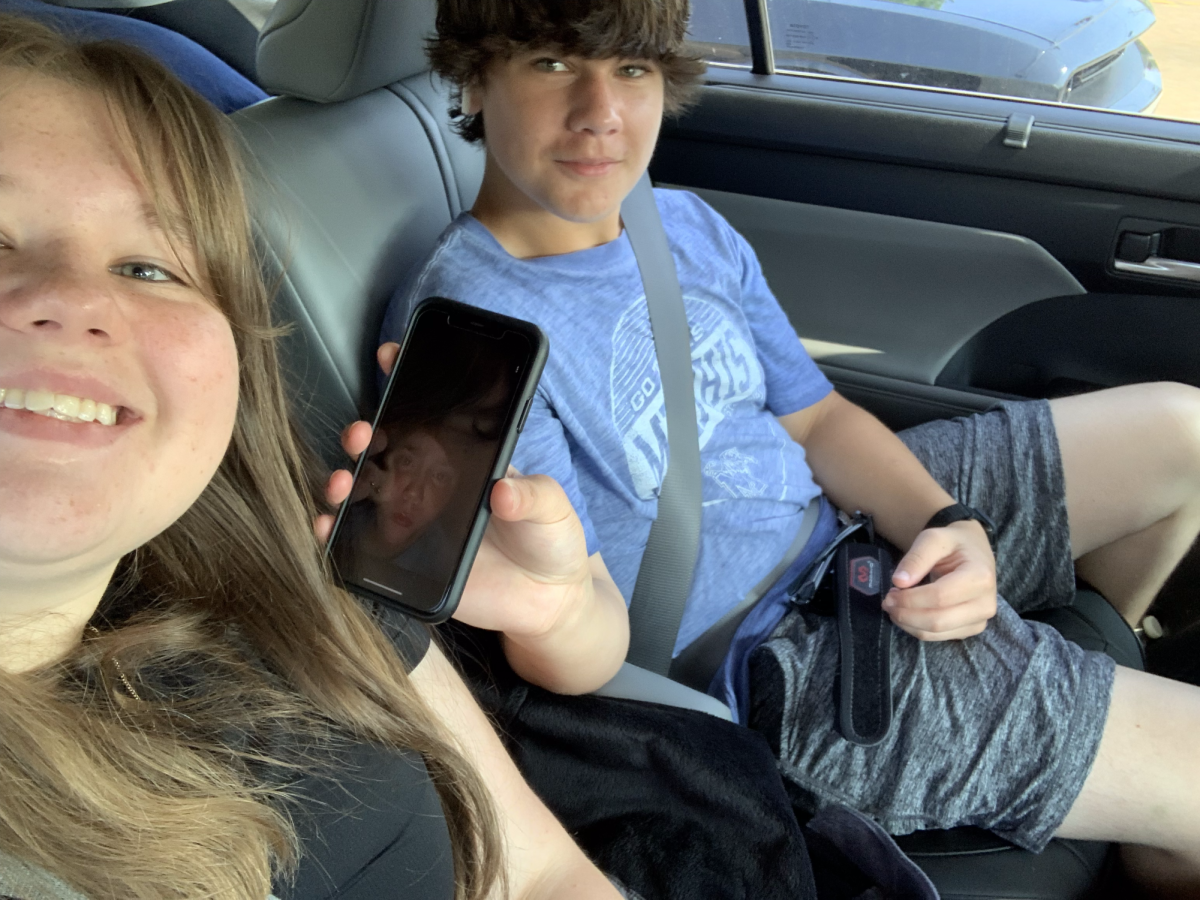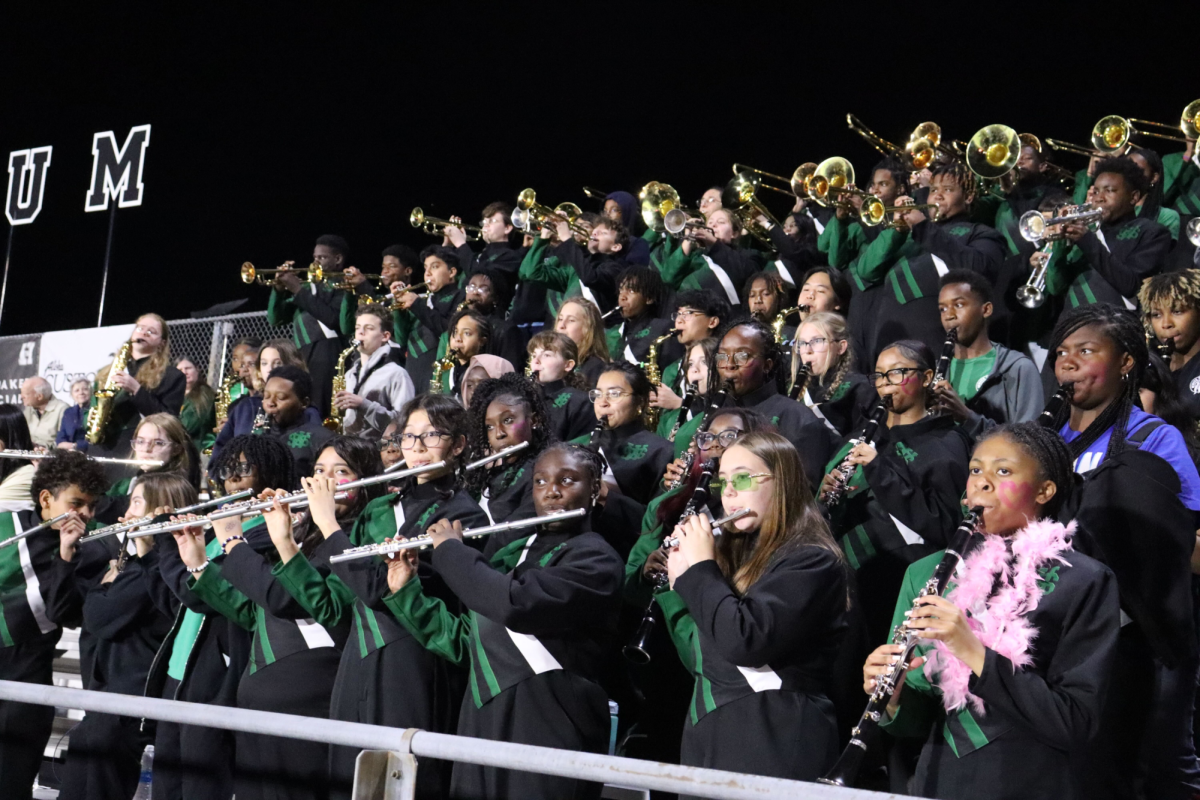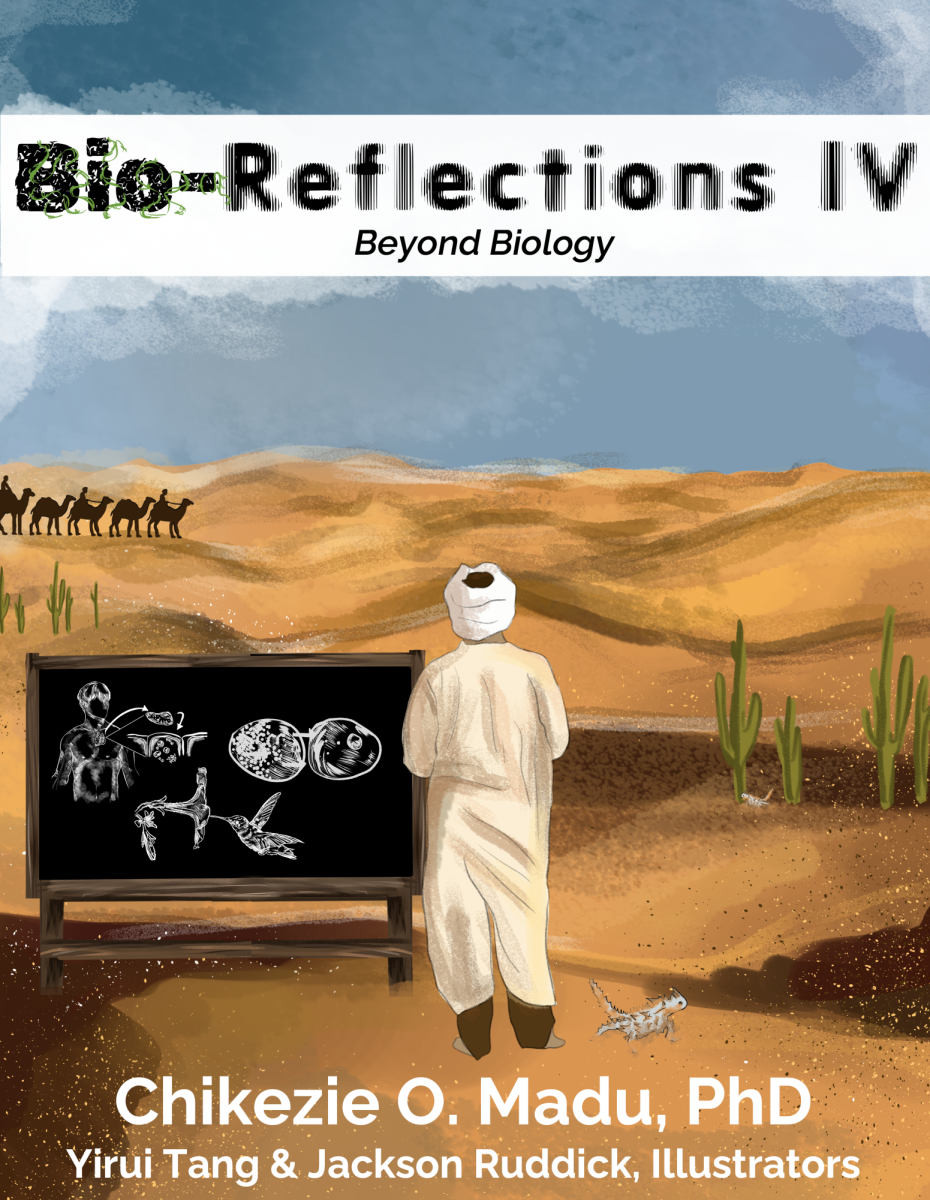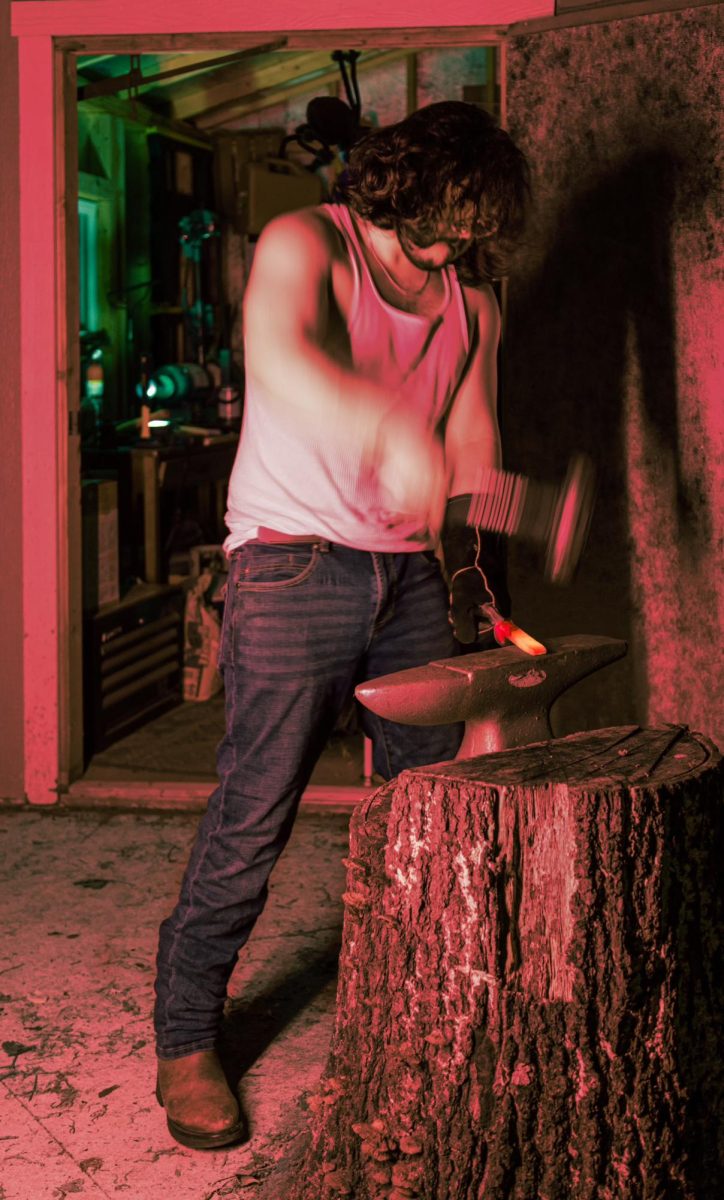In room M-134, Dr. Chikezie Madu is not only teaching AP Biology, DE Medical Terminology, DE Biology and DE Anatomy and Physiology, but he is also working on publishing his books. Starting from many years ago, his two main projects — one finding sources of motivation in the world of biology and the other differentiating commonly-confused terms — have involved both his and his students’ efforts.
“When I teach [and] when I read, I look for inspiration from everything around me,” Madu said. “All around me, things inspire me, things that relate to what I do.”
One of Madu’s books centers around emphasizing the differences between terms that are commonly confused by students. For example, the words stoma and stroma, while spelled very similarly, are entirely different parts of plant anatomy. This book hopes to clarify these differences between words with minute differences.
“The first book [my students and I] started was a book about comparing concepts that have similar names that can be confusing to students,” Madu said. “[It centered] more on the approach of [helping] their vocabulary and [helping them understand] the contexts in which we use them.”
Another project of Madu’s is what he calls a “bioinspirational” book; it offers advice and motivation founded in biological concepts for many areas of life, whether they be on the social or academic side. It is not a book to explicitly help with knowledge or tests, as the other book could be used for. It is ultimately an inspirational novel, though one may learn many new biological concepts from reading it.
“There’s a lot of inspirational stories you can get from biological concepts,” Madu said. “Undifferentiated cells can be influenced by cells that surround them. So, an inspiration there is about peer pressure: if you are not determined (in a cell determination sense), then the friends you surround yourself [with] can influence you to be like them.”
Many of Madu’s charitable efforts focus on giving back to his home country of Nigeria, and his books are no exception. He is not writing books for profit; instead, he wants to sell some of the books in the U.S. so he can raise enough money to give the books away for free to students in Africa.
“If you are taking science, anywhere in the world, the concepts and the terms are true,” Madu said. “So we are hoping that not only will the books be used amongst students here, it will mainly also be used for students in African countries that can afford the textbooks.”
While Madu may be the primary author of the book, some of his students play large roles in making the book as well. Yirui Tang (12) began helping Dr. Madu with illustrations for many of his projects in August 2022 and has made over 80 detailed illustrations for Dr. Madu’s works. Tang’s name will appear in the “illustrations by” section of the cover of some of the books.
“It was the first day of school, and we had to introduce ourselves,” Tang said. “He was asking us what we did, and I said ‘I draw.’ Then, after class, he made me show him some of the stuff I’ve done, and then he proposed the project to me because one of the other artists had graduated.”
Some students may find the idea of working on a project such as Madu’s books outside of school to be both daunting and stressful. By contrast, many of Dr. Madu’s students find the work fulfilling.
“I think [the most fulfilling part] is knowing the purpose of the book,” Tang said. “If it was just a fun, for-profit thing it would already be cool, but I think it makes the project more meaningful since I know it’s going to be meant for kids who don’t have access to books regularly.”
Madu has not only worked with his students to publish the book, but on other projects as well. For instance, he selects students every year to publish research papers with him or with one of his colleagues. He also frequently recruits some of his students into his tutoring organization to their peers with various academic topics.
“I’ve been dabbling to collaborate with my students,” Madu said. “The reason I prefer working with students is that they are daring; they don’t look at anything as impossible. Some things I would have proposed to my colleagues that they would look at and say ‘nah,’ [but with] students, because of their naive mind and because they have not experienced so many failures, [they] do not mind taking a chance.”




























